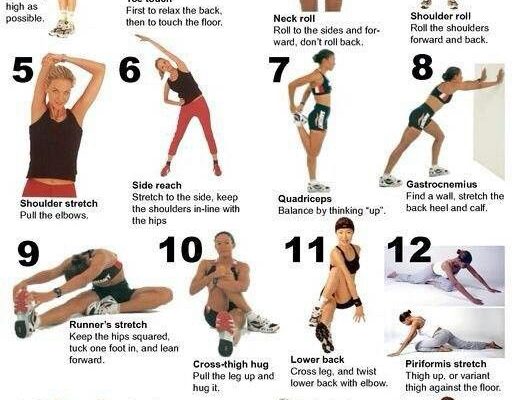Should you stretch before or after your workout?

Introduction
Stretching has long been a mainstay of workout routines, with athletes and fitness enthusiasts alike championing its benefits for flexibility, muscle recovery, and injury prevention. However, there has always been a lingering question behind this seemingly simple topic: should you stretch before or after your workout? In this article, we will dive deeper into the science, benefits, and recommendations surrounding stretching to help you determine the optimum time to integrate it into your fitness routine.
The Difference Between Dynamic and Static Stretching
In order to discuss when to stretch, it is crucial to differentiate between the two primary types of stretching: dynamic and static.
1. Dynamic Stretching: This involves moving the muscles through their full range of motion in a controlled manner. Examples include leg swings, arm circles, and hip rotations. Dynamic stretching is generally performed before workouts to help warm up the muscles and joints as well as improving blood flow.
2. Static Stretching: Traditionally thought of as the classic form of stretching, static stretches are performed in a stationary position without any movement. They are held for an extended period (usually around 20-30 seconds). Examples include toe touches, hamstring stretches, and tricep stretches. Experts have suggested that static stretching should primarily be done post-workout.
The Science Behind When to Stretch
Research has overwhelmingly shown that dynamic stretching should be favored as part of your warm-up routine before exercise. A study published in the Journal of Strength and Conditioning Research found that participants who engaged in dynamic stretching experienced an increased overall workout performance compared to those who did static stretches or no warm-up at all.
Static stretching may have its role after completing a workout when muscles are still warm and pliable but fatigued from exertion. The American College of Sports Medicine (ACSM) recommends static stretching post-workout because it helps return the muscles to their original length and promotes flexibility.
The Verdict
To optimize the benefits of stretching in your workout routine, follow these guidelines:
1. Before your workout: Focus on dynamic stretching, which aids in warming up both the muscles and joints. This type of stretching has been shown to improve overall exercise performance.
2. After your workout: Incorporate static stretching into your cooldown routine, as this can provide improved flexibility and muscle recovery.
That being said, it is imperative that you listen to your body and pay attention to how it feels during both types of stretching. Individuals are unique and may respond differently to various techniques.
Conclusion
In conclusion, striving to incorporate both dynamic and static stretches into your fitness routine—at designated pre- and post-workout intervals—can substantially improve muscle performance, recovery, and flexibility. By adhering to these scientifically-backed recommendations, you can not only enhance your overall exercise experience but also potentially reduce the risk of injury. So go ahead, stretch with confidence, and most importantly, enjoy your workouts!






